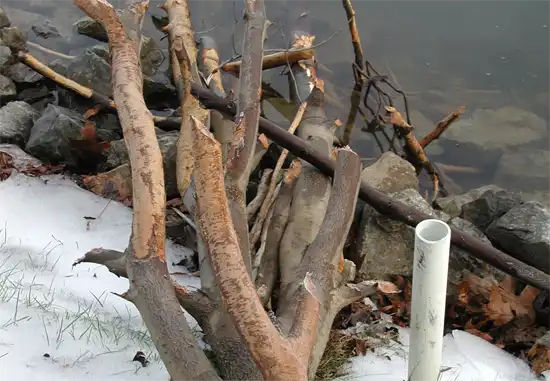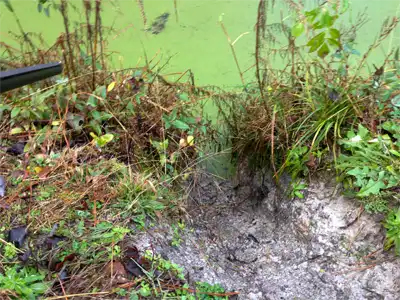The Best Way to Remove a Beaver Dam
A Comprehensive Guide
Beavers are remarkable creatures, known for their impressive building skills and the significant impact they have on the environment. However, their dam-building activities can also pose a threat to human infrastructure, causing flooding, erosion, and damage to property.
If you are facing the challenge of a beaver dam on your property or nearby, you may be wondering about the best way to remove it. In this article, we will explore the various methods available for removing a beaver dam and provide tips for doing so safely and effectively.

Understanding Beaver Dams
Before we dive into the methods for removing beaver dams, it is essential to understand why beavers build them in the first place. Beaver dams serve several purposes, including

It is important to note that beavers are a crucial part of many ecosystems and play a vital role in maintaining biodiversity. Therefore, removing a beaver dam should only be considered as a last resort and only after exploring other options.
When to Remove a Beaver Dam
While beaver dams are beneficial in many cases, there are situations where they can become a nuisance or pose a threat to human safety or infrastructure. Some situations that may require the removal of a beaver dam include
If you are unsure whether a beaver dam needs to be removed, it is best to consult with a wildlife biologist or other expert to assess the situation.

Methods for Removing a Beaver Dam
Once you have determined that a beaver dam needs to be removed, there are several methods available. The most effective method will depend on factors such as the size and location of the dam, the environmental impact of removal, and the resources available.
Tips for Safe and Effective Beaver Dam Removal
Regardless of the method used, there are several considerations to keep in mind to ensure safe and effective beaver dam removal. These include

It is important to note that beavers are a protected species in many areas, and their removal or relocation may be subject to specific regulations. Therefore, it is essential to check with your local wildlife agency before undertaking any beaver dam removal activities.
Conclusion
Beavers play a vital role in maintaining healthy ecosystems, and their dam-building activities are a natural part of their behavior. However, in certain situations, beaver dams can become a nuisance or pose a threat to human safety or infrastructure.
If you are facing the challenge of a beaver dam, it is essential to understand the different methods available for removing it and to take steps to ensure safe and effective removal. By following the tips and considerations outlined in this article, you can remove a beaver dam while minimizing the impact on the surrounding environment and wildlife.
Frequently Asked Questions
While it is possible to remove a beaver dam yourself, it is recommended to consult with a wildlife biologist or other expert to assess the situation and determine the best method for removal.
The legality of removing a beaver dam varies depending on the location and the species’ protected status in that area. Therefore, it is essential to check with your local wildlife agency before removing a beaver dam.
Yes, it is possible to remove a beaver dam without harming the beavers. Trapping and relocation methods are typically the most humane ways to remove beavers from an area, although they may not be practical in all situations.

